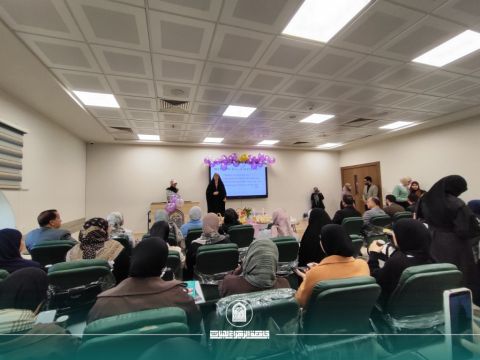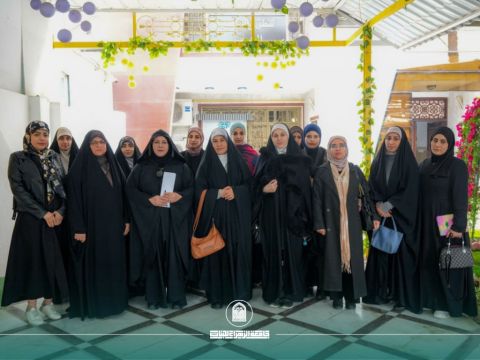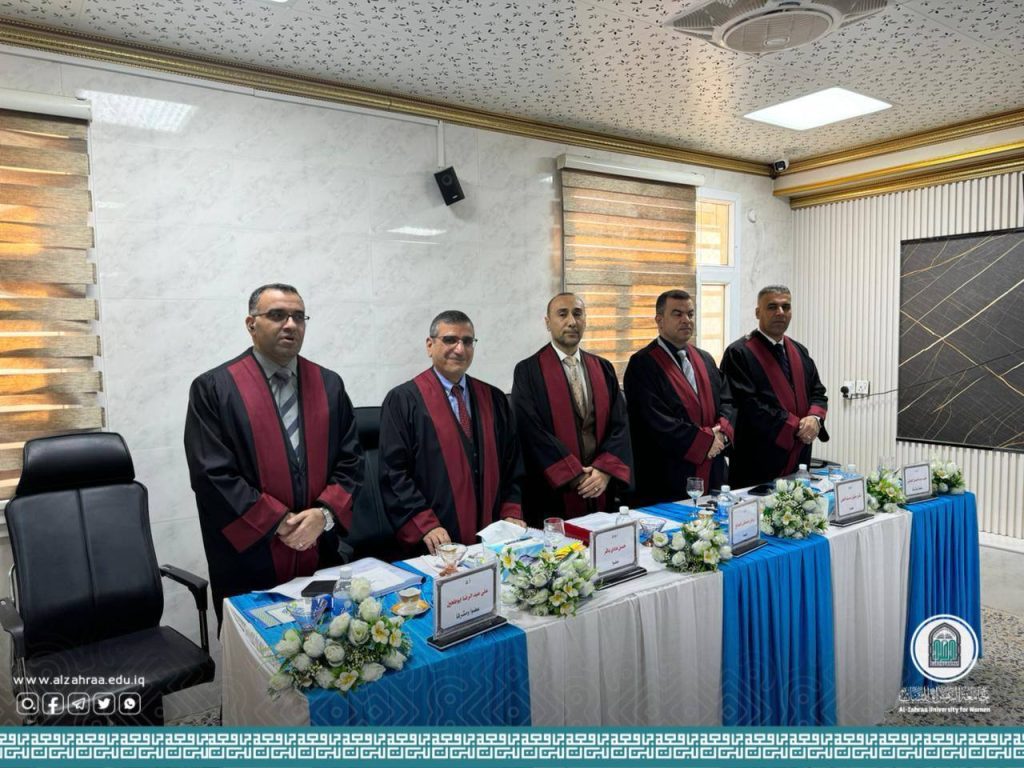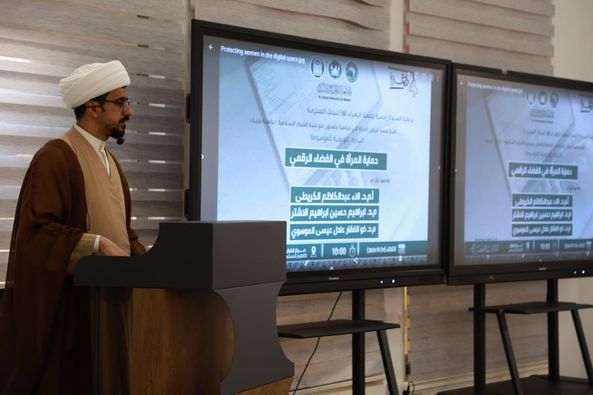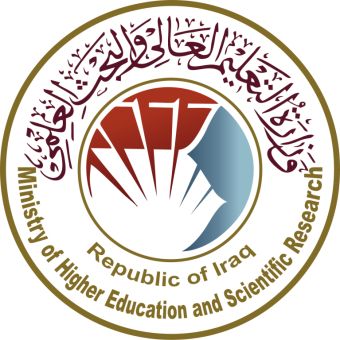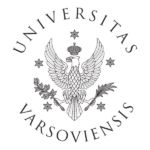Aims and objectives
Lesion conspicuity can be defined as the visibility of the lesion against its surroundings [1]. The concept of lesion conspicuity can be useful to determine the sources of the observation error for radiologists [2]. In addition, it provides a potentially useful way to investigate the effects of acquisition factors on Image Quality (IQ) especially when conducting optimisation studies. Several factors can affect the lesion conspicuity, including: 1) the physical properties of the lesion structure such as the contrast, size, and edge sharpness; 2) the nature of the anatomical tissue that surrounds the lesion and its associated complexity, such as the ribs and blood vessels; 3) the image detector characteristics; 4) the acquisition factors [2-4]. Lesion conspicuity evaluation can be divided into two types: physical and visual assessments. However, the visual measures of lesion conspicuity by human observers can be time consuming and they can have low reliability as a result of inter and intra observer variability. Recently a bespoke conspicuity index (CI) computer software which allowed the measurement of lesion conspicuity became available and has been developed by Szczepura & Manning,(2016)[4]. This software has been used widely within the literature [5-8]. The purpose of this study was to determine if a relationship exists between a physical measure of CI, using bespoke CI software and visual measures of simulated lesion visibility (LV) in chest radiography (CXR).
View article
اخبار ونشاطات الجامعة


